“There is conceivably a way to do warp drive.” Elon Musk discusses warping space within the known laws of physics, the expansion of the universe being faster than the speed of light (which allow us to see back in time when looking into space) and dark matter.
Category: cosmology – Page 367
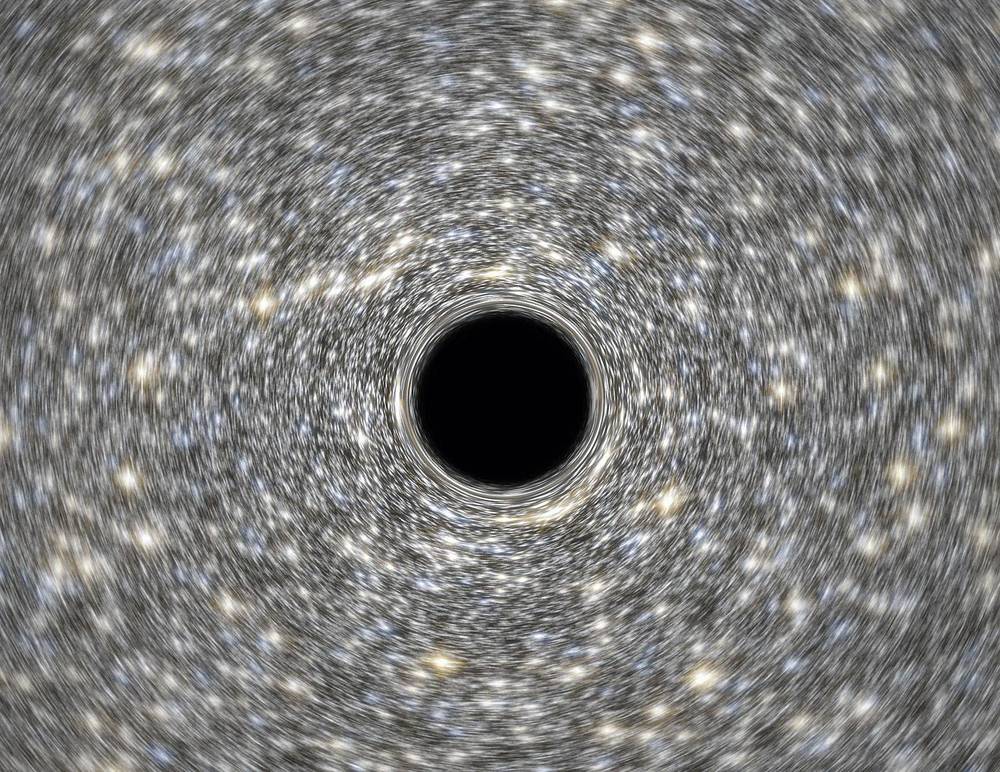
A grapefruit-sized black hole may be hiding in our solar system
Quantum radar can find it.
The hunt for the ever-elusive “Planet Nine” has taken scientists down some very strange roads. The idea that a planet exists in the outer reaches of our solar system and can’t be easily seen has been floating around for some time, and observations of other objects in the area suggest that there’s something big generating a gravitational pull. The easiest explanation would be a planet, but it’s not the only possibility.
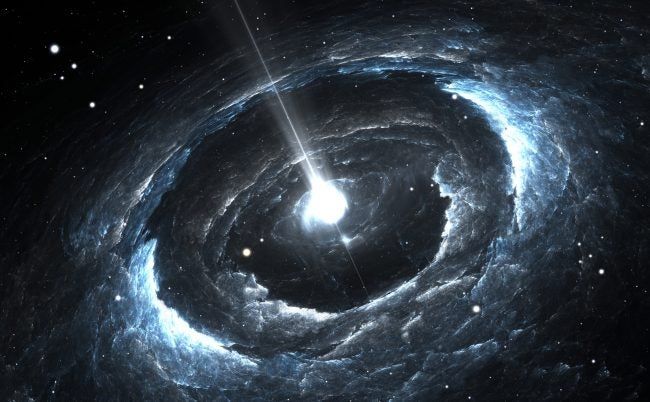
Beyond Comprehension –“Neutron Star’s Superfluid, Superconducting Core at Supranuclear Densities”
Neutron stars are an end state of stellar evolution, says astrophysicist Paul Lasky, at Australia’s Monash University and OzGrav. “They consist of the densest observable matter in the universe, under conditions that are impossible to produce in the laboratory, and theoretical modeling of the matter requires extrapolation by many orders of magnitude beyond the point where nuclear physics is well understood.”
“Gravitational-wave astronomy is reshaping our understanding of the universe,” said Lasky, about a new study co-authored by the ARC Center of Excellence for Gravitational Wave Discovery (OzGrav) that makes a compelling case for the development of “NEMO” —a new observatory in Australia that could deliver on some of the most exciting gravitational-wave science next-generation detectors have to offer, but at a fraction of the cost.
The study today presents the design concept and science case for a Neutron Star Extreme Matter Observatory (NEMO): a gravitational-wave interferometer optimized to study nuclear physics with merging neutron stars, using high circulating laser power, quantum squeezing and a detector topology specially designed to achieve the high frequency sensitivity necessary to probe nuclear matter using gravitational waves.
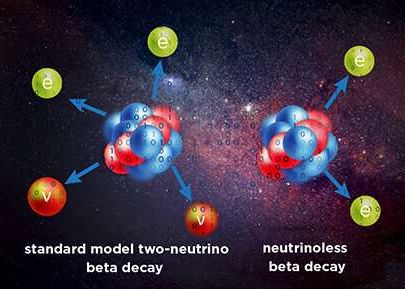
Researchers develop novel approach to modeling yet-unconfirmed rare nuclear process
Researchers from the Facility for Rare Isotope Beams (FRIB) Laboratory at Michigan State University (MSU) have taken a major step toward a theoretical first-principles description of neutrinoless double-beta decay. Observing this yet-unconfirmed rare nuclear process would have important implications for particle physics and cosmology. Theoretical simulations are essential to planning and evaluating proposed experiments. The research team presented their results in an article recently published in Physical Review Letters.
FRIB theorists Jiangming Yao, research associate and the lead author of the study, Roland Wirth, research associate, and Heiko Hergert, assistant professor, are members of a topical collaboration on fundamental symmetries and neutrinoless double-beta decay. The U.S. Department of Energy Office of Science Office of Nuclear Physics is funding the topical collaboration. The theorists joined forces with fellow topical collaboration members from the University of North Carolina-Chapel Hill and external collaborators from the Universidad Autonoma de Madrid, Spain. Their work marks an important milestone toward a theoretical calculation of neutrinoless double-beta decay rates with fully controlled and quantified uncertainties.
The authors developed the In-Medium Generator-Coordinate Method (IM-GCM). It is a novel approach for modeling the interactions between nucleons that is capable of describing the complex structure of the candidate nuclei for this decay. The first application of IM-GCM to the computation of the neutrinoless double beta decay rate for the nucleus of calcium-48 sets the stage for explorations of the other candidates with controllable theoretical uncertainty.
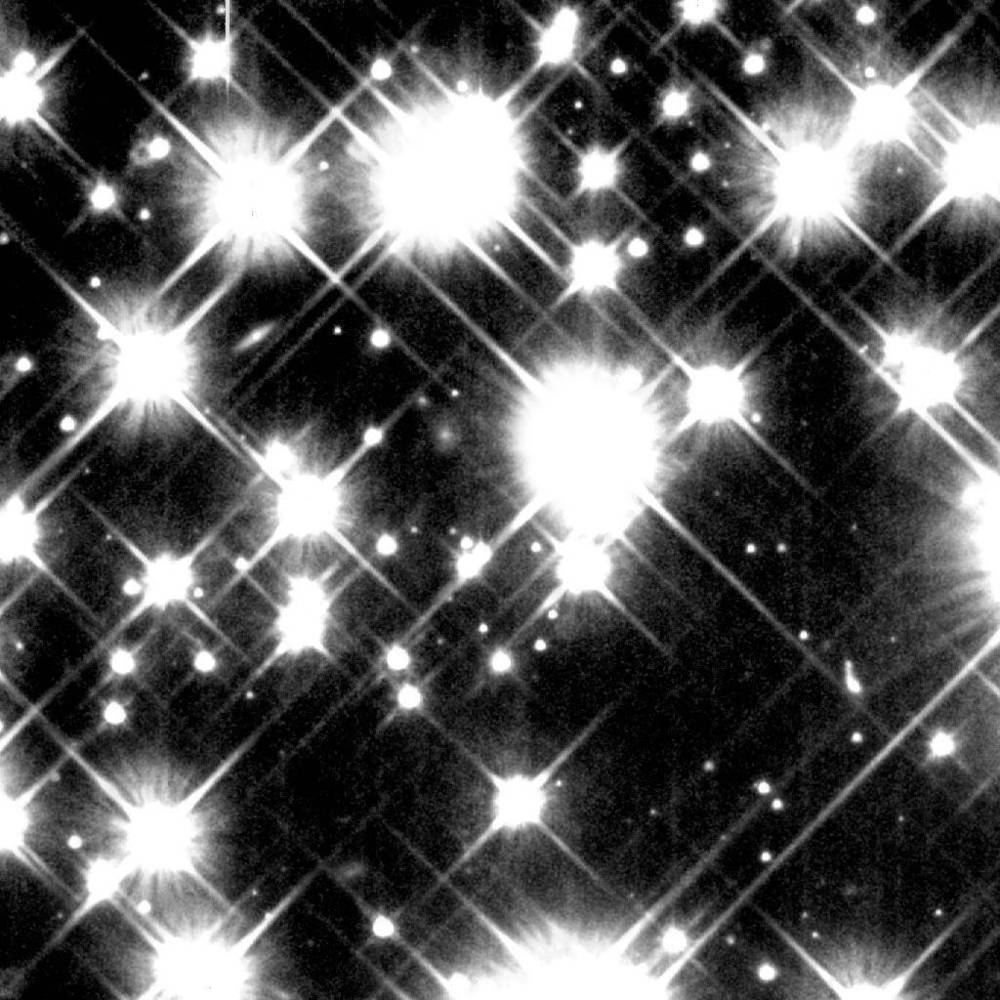
Astronomers have found the source of life in the universe
Every second, a star dies in the universe. But these stellar beings don’t just completely vanish, stars always leave something behind.
Some stars explode in a supernova, turning into a black hole or a neutron star, while the majority of stars become white dwarfs, a core of the star it once used to be. However, a new study reveals that these white dwarfs contribute more to life in the cosmos than previously believed.
New observations of white dwarf stars reveal their stellar contribution to carbon atoms in the cosmos, one of the building blocks of life.

This new, super-accurate way to pinpoint our solar system’s center may help spot monster black hole crashes
Astronomers have found a way to pinpoint our solar system’s center of mass to within a mere 330 feet (100 meters), a recent study reports.
Such precision — equivalent to the width of a human hair on the scale of a football field — could substantially aid the search for powerful gravitational waves that warp our Milky Way galaxy, study team members said.
“Supernova machine” recreates cosmic blasts in the lab
Supernovae are some of the most energetic events in the universe, and the resulting nebulas are a favorite for stargazers. To better understand the physics behind them, researchers at Georgia Tech have created a “supernova machine” in the lab.
Stars are basically big volatile balls of gas, sustained for millions of years by a delicate balancing act. Intense gravity wants to pull the matter towards the center, but nuclear fusion in the core is pushing outwards at the same time. Eventually though, the core inevitably runs out of nuclear fuel, and gravity wins the battle.
The star then collapses inwards very quickly, and the resulting shock wave sends material flying outwards at extreme speeds. The event is a supernova, the swirling gas and matter is a nebula, and the dense object formed in the center is a neutron star or a black hole.
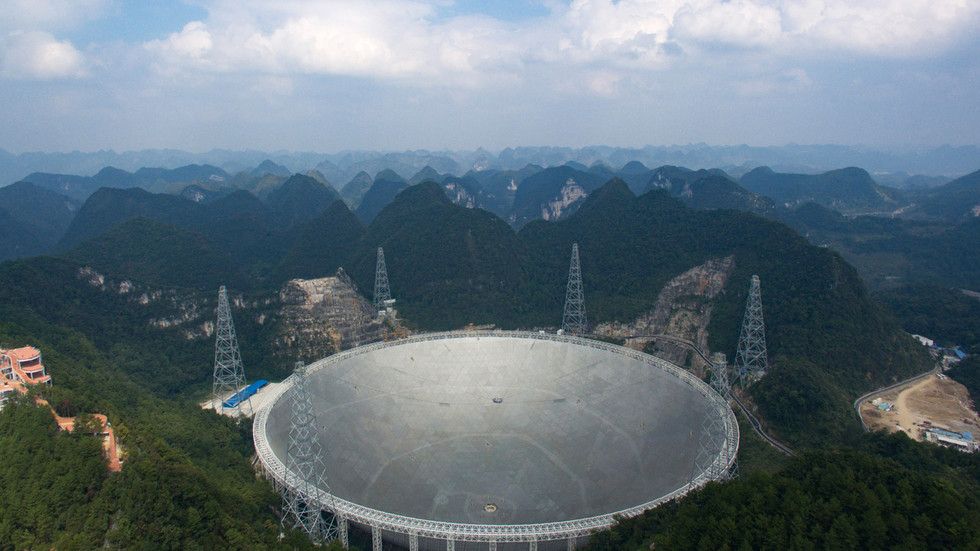
Breakthrough in dark matter mystery as neutral hydrogen from other galaxies detected for first time
In a development that could finally shed light on dark matter, an international team of scientists have detected neutral hydrogen atoms, from a galaxy other than our own, for the very first time.
The finding came thanks to the enormous Five-hundred-meter Aperture Spherical Radio Telescope (FAST), which sits in a hilly, green natural basin in southwest China’s Guizhou Province.
The researchers detected the hydrogen coming from three extragalactic galaxies with only five minutes of exposure, a feat that demonstrates the exceptional sensitivity of the telescope. It is the first time neutral hydrogen from outside the Milky Way has been detected.
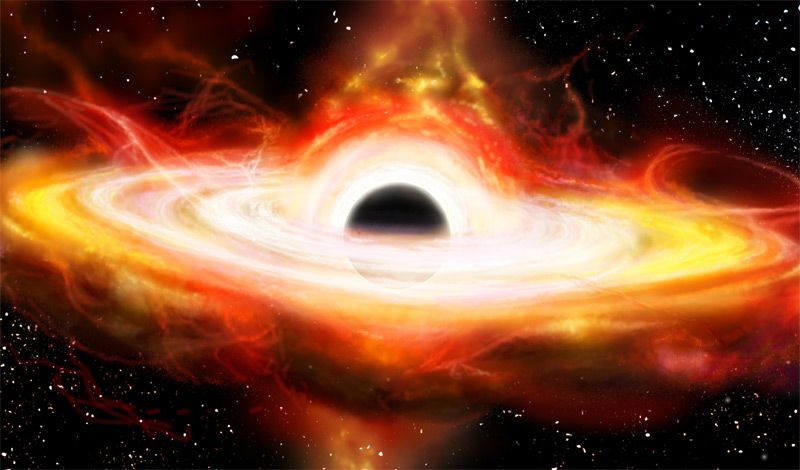
Fastest-Growing Black Hole as Big as 34 Billion Suns
Scientists have estimated the mass of the fastest-growing black hole in the universe, and found it is 34 billion times the mass of the sun.